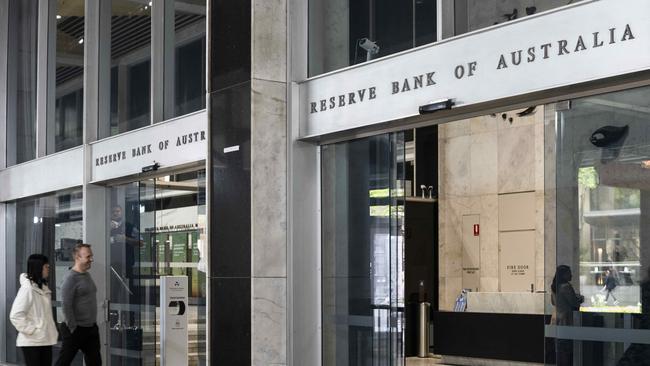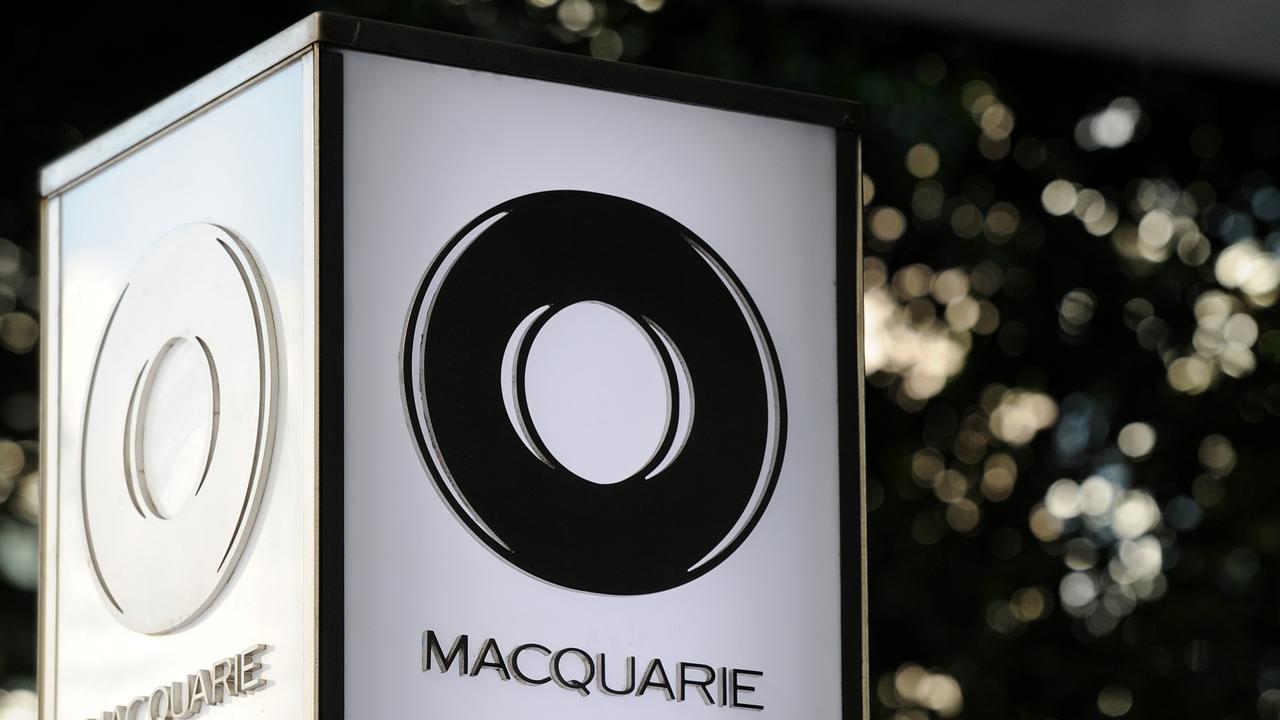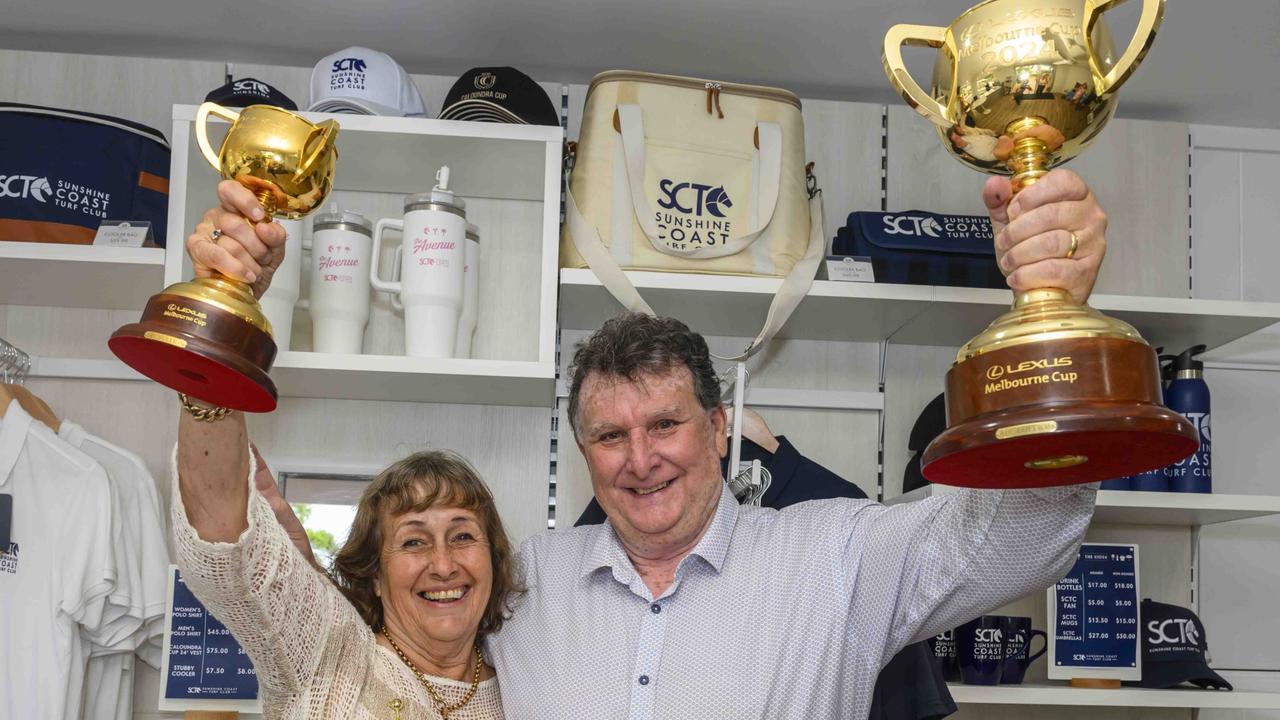
This week’s board meeting at the Reserve Bank marks the start of a new era for the central bank. It will be the first fully staffed gathering since September last year, when former governor Philip Lowe ended his seven-year run at the helm of the RBA.
A big hole on the bank’s board was filled in recent weeks with Andrew Hauser’s arrival from the Bank of England to take up the position of deputy governor at the RBA.
The RBA also has a new chief economist, Sarah Hunter, who joined the central bank from the Department of Treasury at the start of the year, and already has one policy meeting under her belt.
The bank’s return to full staffing will come as a great relief to governor Michele Bullock, who has had to shoulder many additional responsibilities over recent months, not least of which was starting to implement the recommendations of the government’s recent review.
The policy meeting, which starts Monday and ends Tuesday with Bullock fronting a press conference, marks a new phase for a central bank that is still trying to repair its reputation after interest rates rose at an unexpected pace, while also attempting to deliver a soft landing for the economy.
What’s clear is that the new team driving policy decisions at the RBA is vastly different from what went before.
With the economy growing at its slowest pace in 30 years and inflation putting up dogged resistance, it might be worrying that the RBA’s top ranks seem to be somewhat lacking in experience, and won’t grasp the peculiarities of the Australian economy.
When Lowe departed last year amid a backlash over rapidly rising interest rates, he took with him more than four decades of top-flight central banking experience.
Love him or hate him, it’s indisputable that Lowe is a respected central banker with an international reputation for leadership and policy implementation.
The RBA was dealt a similar blow when Guy Debelle, another highly respected economist with vast experience, left the post of deputy governor in early 2022.
Then in mid-2023, chief economist Luci Ellis walked away from the central bank, depriving it of decades of policy-making experience that helped shape the country’s response to various upheavals.
By comparison, the new policy team looks a little underprepared in terms of hours spent grinding away in economic research departments tinkering with forecasting models.
On paper, that should matter. But in reality, it probably won’t.
Bullock, who comes chiefly from the side of the RBA that keeps an eye on the stability of the financial system, has so far proved to be a gifted communicator of the central bank’s policy stance.
Her calm demeanour before politicians and the media has made her popular with financial markets, while she’s also reaching the suburbs where soaring mortgage interest rates are fanning misery.
Bullock is also popular within the RBA, where she has fostered a more inclusive internal debate about the economy, which is something that was lacking in recent years.
Meanwhile, it is expected that Hauser’s skill set will bolster the bank’s oversight of financial markets and readiness to meet global shocks head on.
Hauser’s career in central banking began amid a British currency crisis in the early 1990s. He was present through the collapse of Lehman Brothers, and helped devise an economic response to the pandemic. Hauser is a battle-hardened central banker, who most notably has the confidence of his predecessor Debelle, who has, according to reports, been introducing the newcomer to Australian Rules Football.
Meanwhile, Hunter spent only a year in Canberra at the Department of Treasury before arriving in the hot seat of economic forecasting at the RBA. But prior to that she carved out a profile as a private sector economist, and has academic credits from both Oxford and Cambridge universities.
The new team is charged with getting the economy to a point where fears about inflation can be put aside, clearing a path to interest-rate cuts. And quickly.
The pressure is on.





